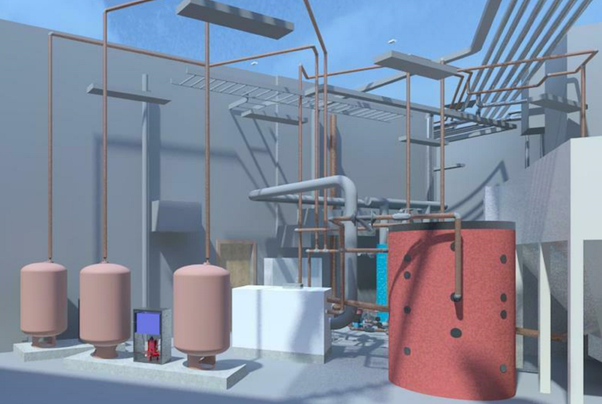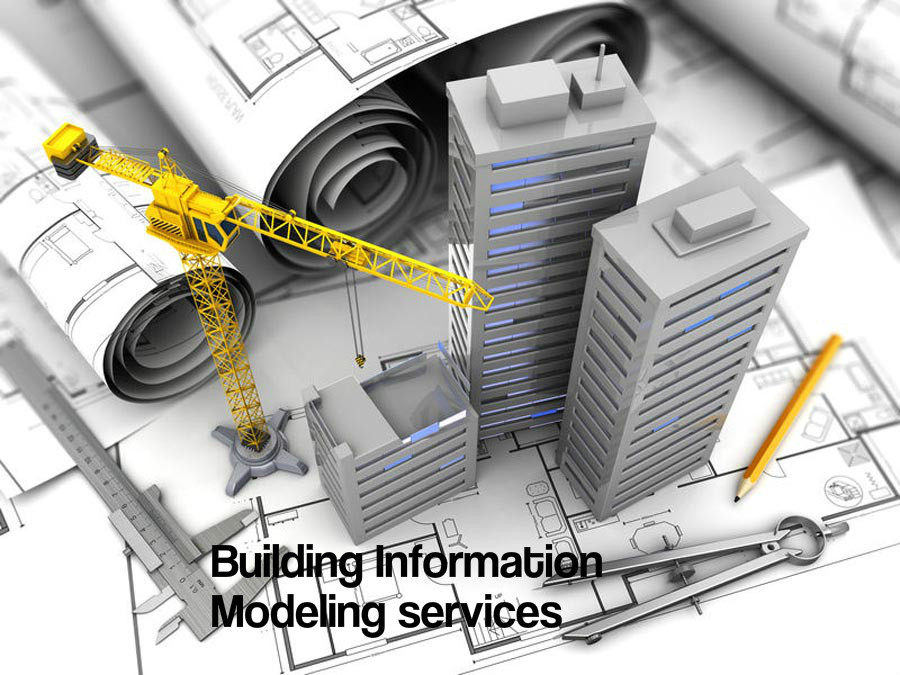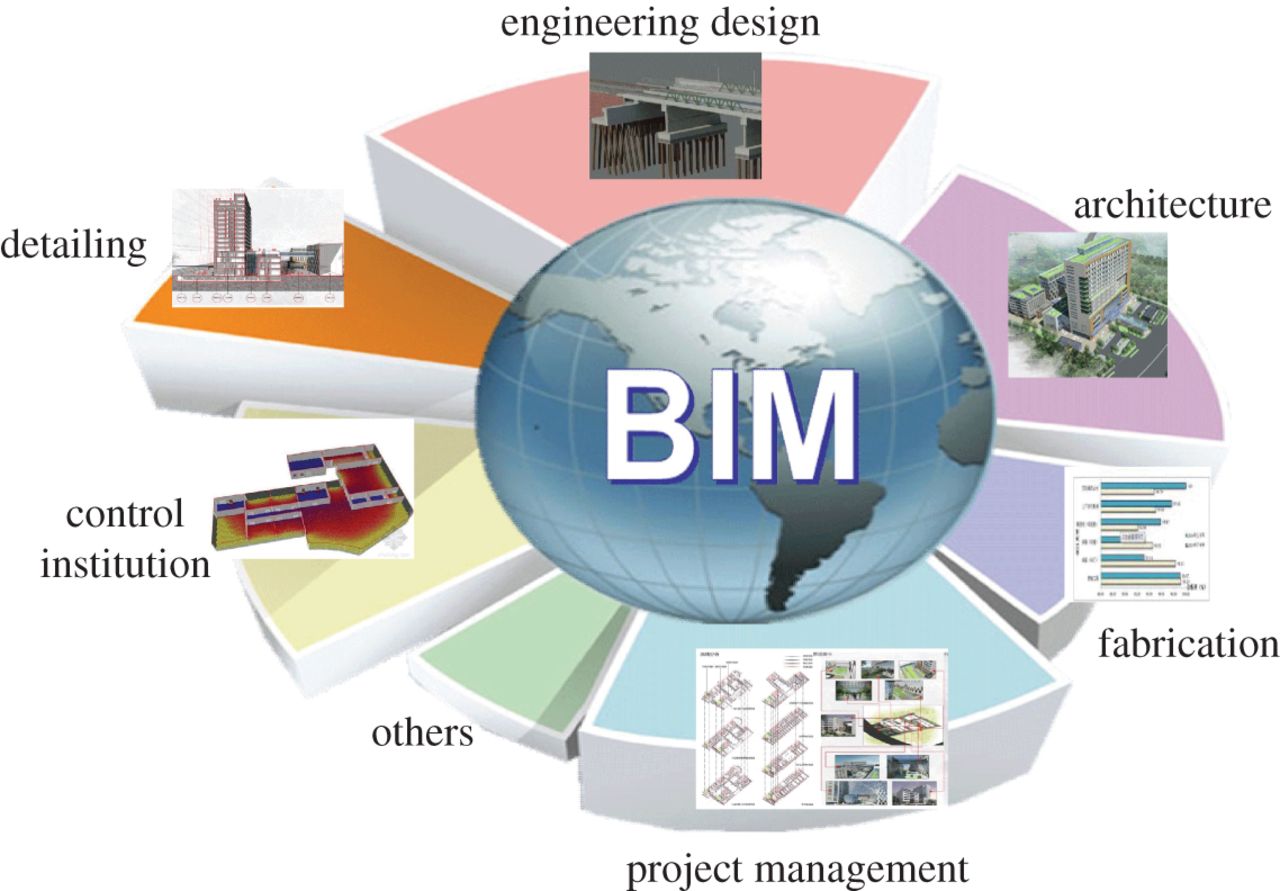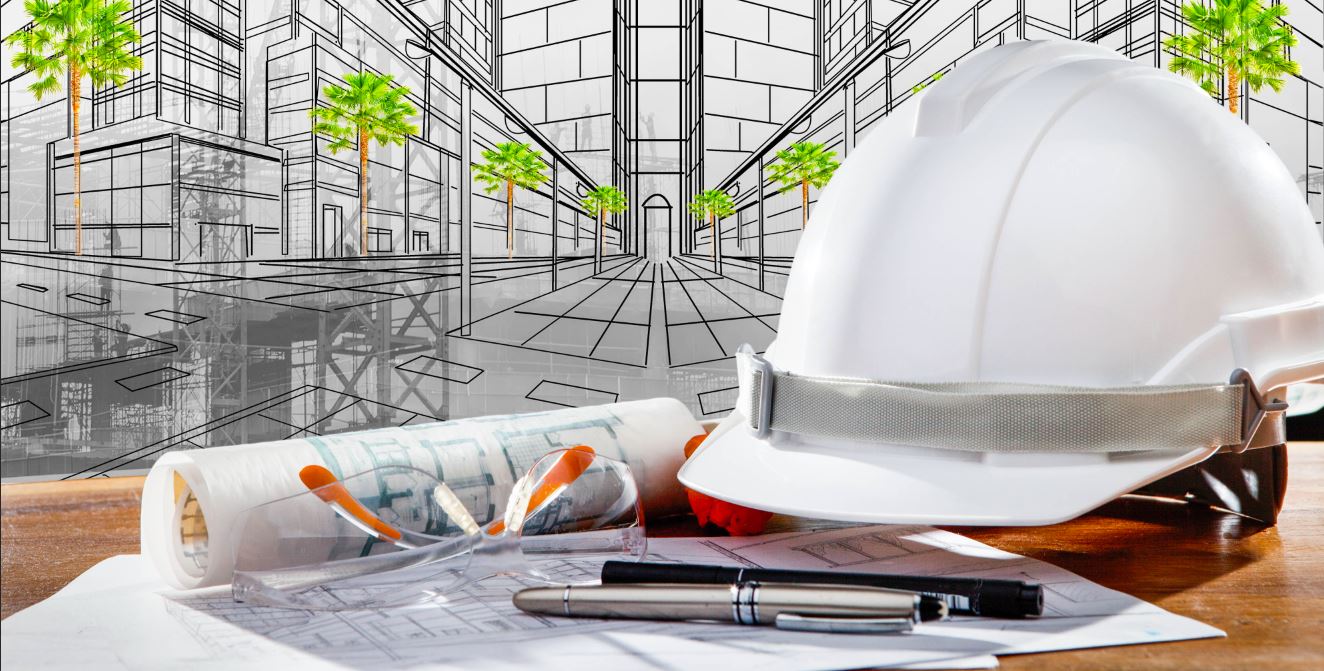
Extreme changes in organizational structure and practices are termed as revolutions in industry. The water industry seems to be undergoing a revolution of its own, with the introduction of Building Information Modeling (BIM). In the water industry, BIM has been met with a lot of raised eyebrows. Initially completely ignored, BIM implementations are slowly but surely managing to find their way into best practices of the industry, already used in major multi-million dollar projects for wastewater treatment around the globe.
People often look at the term ‘building’ in Building Information Management (BIM) and assume it is only applicable to construction related activities. While this is not entirely untrue, it should be noted that BIM practices first and foremost, deal with increasing efficiency and fine-tuning operational procedures – which is as invaluable to the water industry as it is in any other industry.
The water industry has started gravitating towards BIM implementation, realising the many benefits of these virtual designs.
- Efficiency
BIM construction services have been lauded as industry changing practices, and the same can be said for water industry BIM as well.
Take the example of a wastewater treatment system that uses ten unique systems to function. Using BIM software, these systems could be accurately modelled, allowing construction designers to simultaneously develop the ten systems in complete isolation from the rest of the project team. These would then be integrated to form the finished product in record time and without technical errors! - Feasibility
BIM offers a comprehensive 3D visual image of the finished project, including miniscule specification details, exact quantities of required raw materials and even estimated delivery time for the project. But what separates a BIM implementation from other 3D design software is the attention to surrounding environmental factors. These environmental factors play a huge role in determining whether the future project is feasible or not. - Repair & Rework
Adjustments to existing projects can be made on virtual schematics, before physically committing them. This saves on cost, on time and most importantly, allows for the planning of a future-proof design. - Clash Detection
Massive, complicated projects that require creating numerous systems or models, can pose problems during the integration phase of these models. These issues can be in form of spatial disruptions or ‘clashes’, where one of the models encroaches upon another model. These clashes can be extremely time consuming and expensive to correct during actual construction. Luckily, BIM provides early-stage clash detection, during the design phase itself. - Eco-Friendly Designs
Data is literally all around us – and it’s in the water too! BIM integration with big data algorithms can create sustainable construction practices and eco-friendly designs.
For example, consider monitoring a water pipe for a quantity of water used at any given point during the day. With such information, it becomes possible to limit water flow, water quantity according to usage during different times of the day. Imagine how much water waste could be eliminated!
Find out more about BIM implementation in the water industry and other industries across the globe, on Technostruct



